Is the Vision Pro enough?
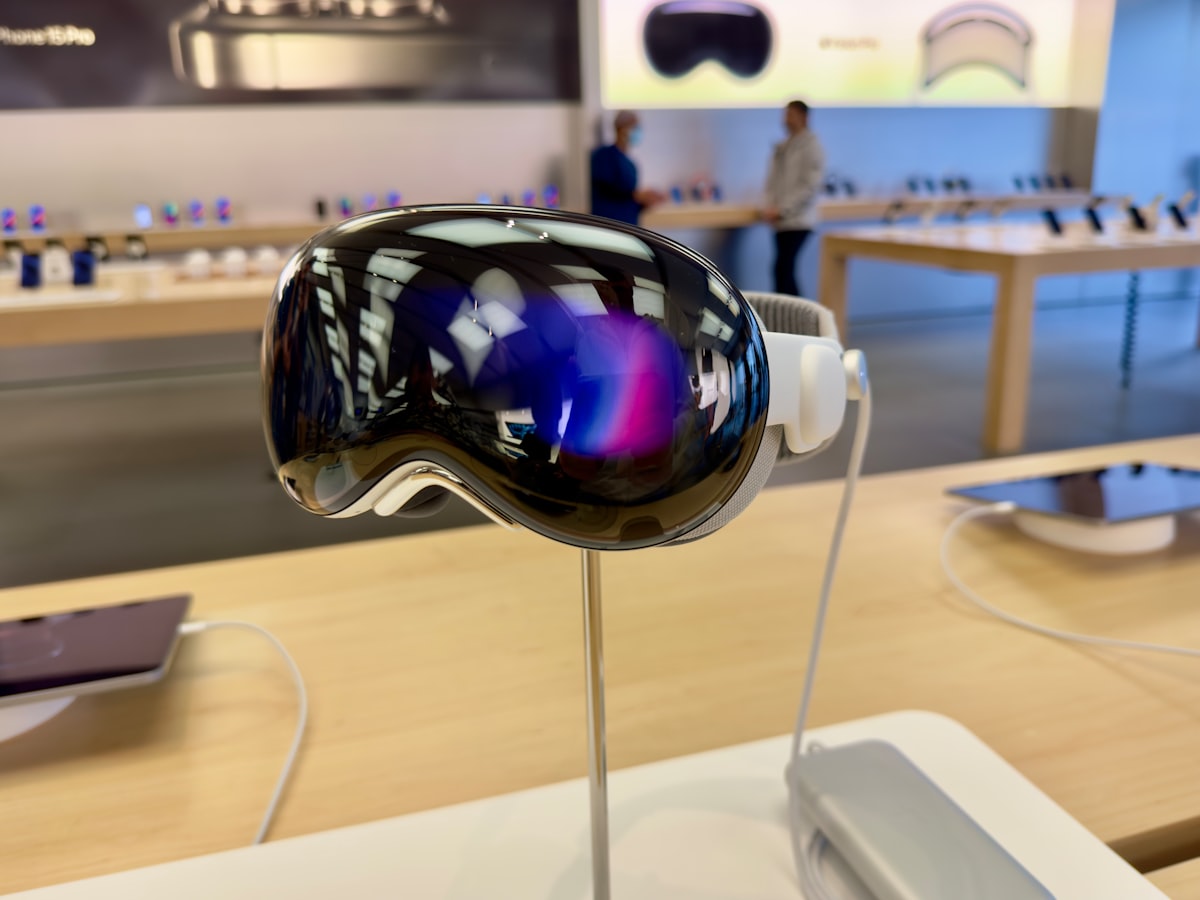
Apple's Vision Pro is undoubtedly the best VR headset ever made. They've created an experience that surpasses what others have been doing for years and it looks cool too. But is it enough?
Many will say just give it time and this is how every other Apple product launch went. Initially greeted with skepticism but enthusiasm from fans which eventually led to mainstream success. The first version is always expensive then the price goes down. Steve Ballmer laughed at the iPhone. Wait for v3. etc.
But there is one major difference to Apple's previous launches here. In the past Apple has launched products in existing categories that made everyone else scrap what they were doing and follow Apple's decisions. These categories already had successful products and were useful to the people that used them but they lacked the refinement to be something your parents would buy.
This product category though has so far failed to find use cases beyond gaming and Apple's launch has not led to any signs that existing players will need to change their products significantly. Apple hasn't done anything new they've just improved on what exists today by targeting a higher price point. It's very unlike their previous launches.
The iPhone
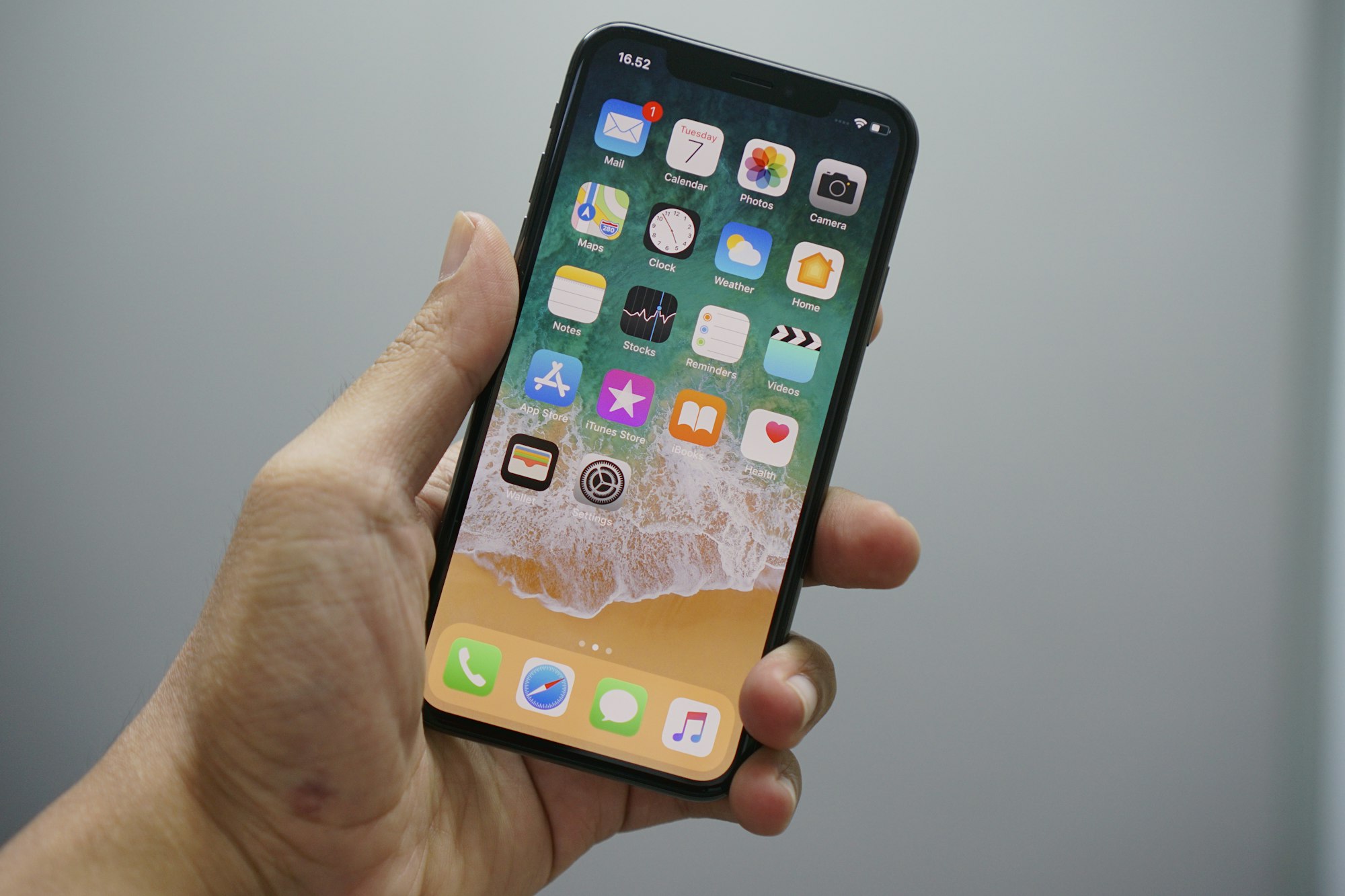
We all know the iPhone wasn't the first smartphone. But the smartphone market was already a growing space with devices from Blackberry and Windows defining the various use cases these products could fill. They showed a demand for mobile devices that could do more than just call and text. However, they failed at being usable enough to appeal to general audiences.
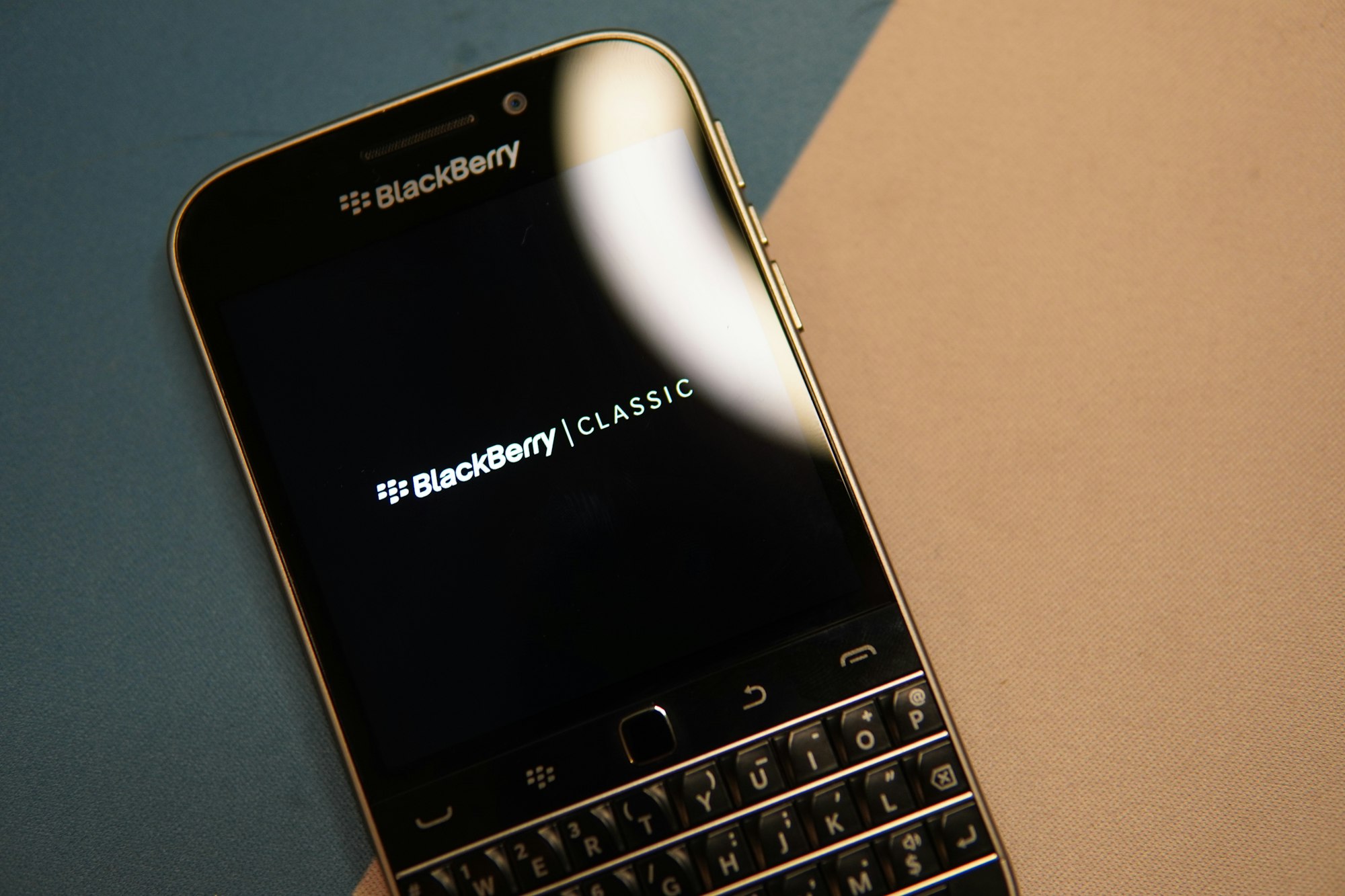
When the iPhone arrived it didn't need to sell anyone on the potential uses of this device. We all knew them. But it created the perfect form factor and user experience that could take smartphones from niche devices for business people to something children and the elderly could both use. It made a burgeoning product category more usable and expanded the market.
Immediately after its launch, everyone copied what Apple was doing. Android initially targeted Blackberry-like devices then switched to full touchscreen devices. Microsoft eventually scrapped their old mobile OS in favour of a redesign targeting the same form factor Apple created. Apple disrupted the existing players completely.
The iPad
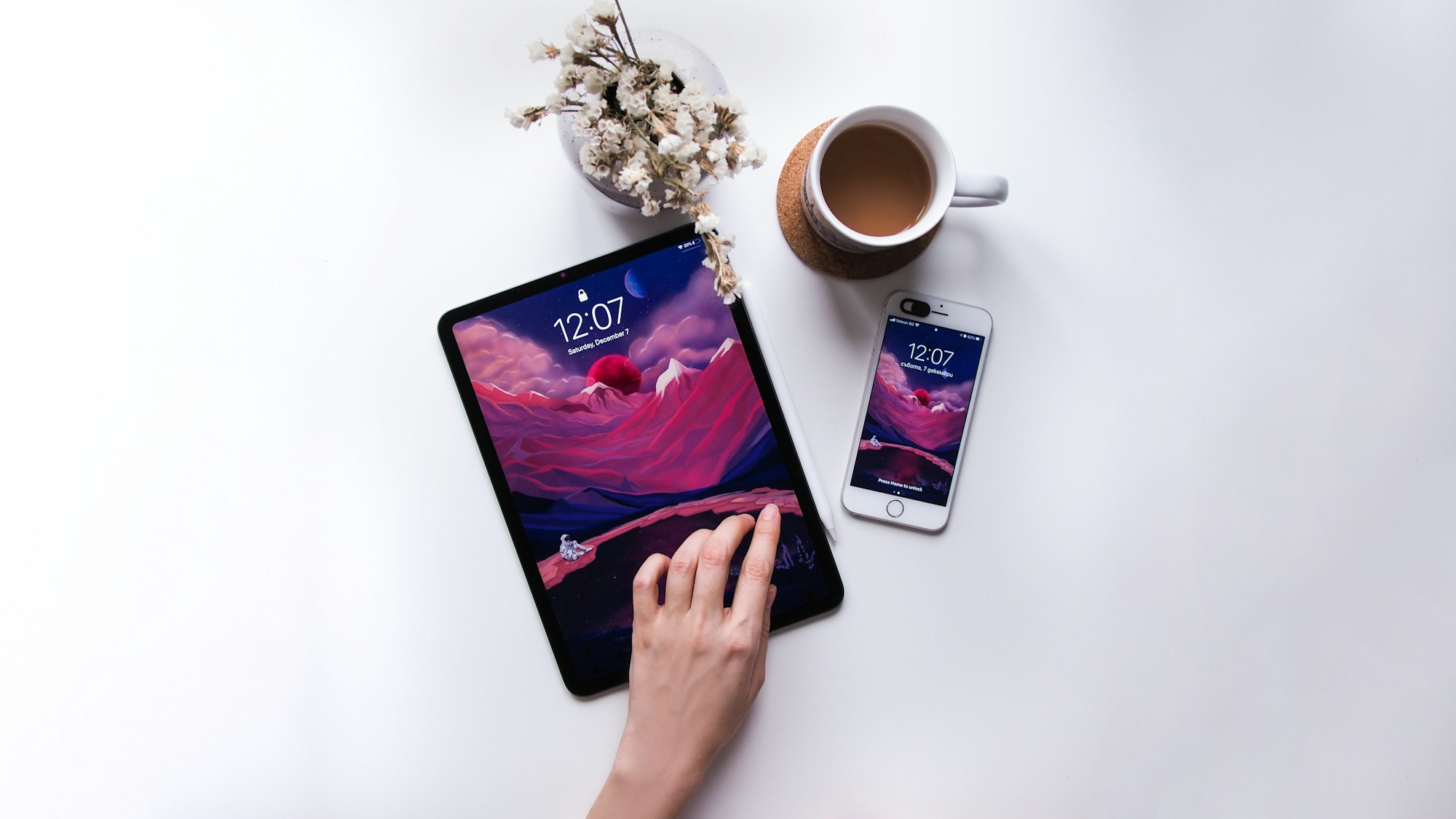
Again the iPad wasn't the first tablet but building on Apple's success with the smartphone it helped make a market with clear uses more mainstream. Existing tablets were clunky devices running desktop OSes that were poorly optimised for the form factor. Apple changed the game by positioning its tablet as an extension of the smartphone rather than a portable PC. It improved on the use cases phones could serve but were limited by due to their screen size.
Everyone else in the market soon followed and the idea of Windows-based tablets died. Microsoft eventually redesigned Windows completely in an attempt to follow Apple's lead here.
Apple Watch
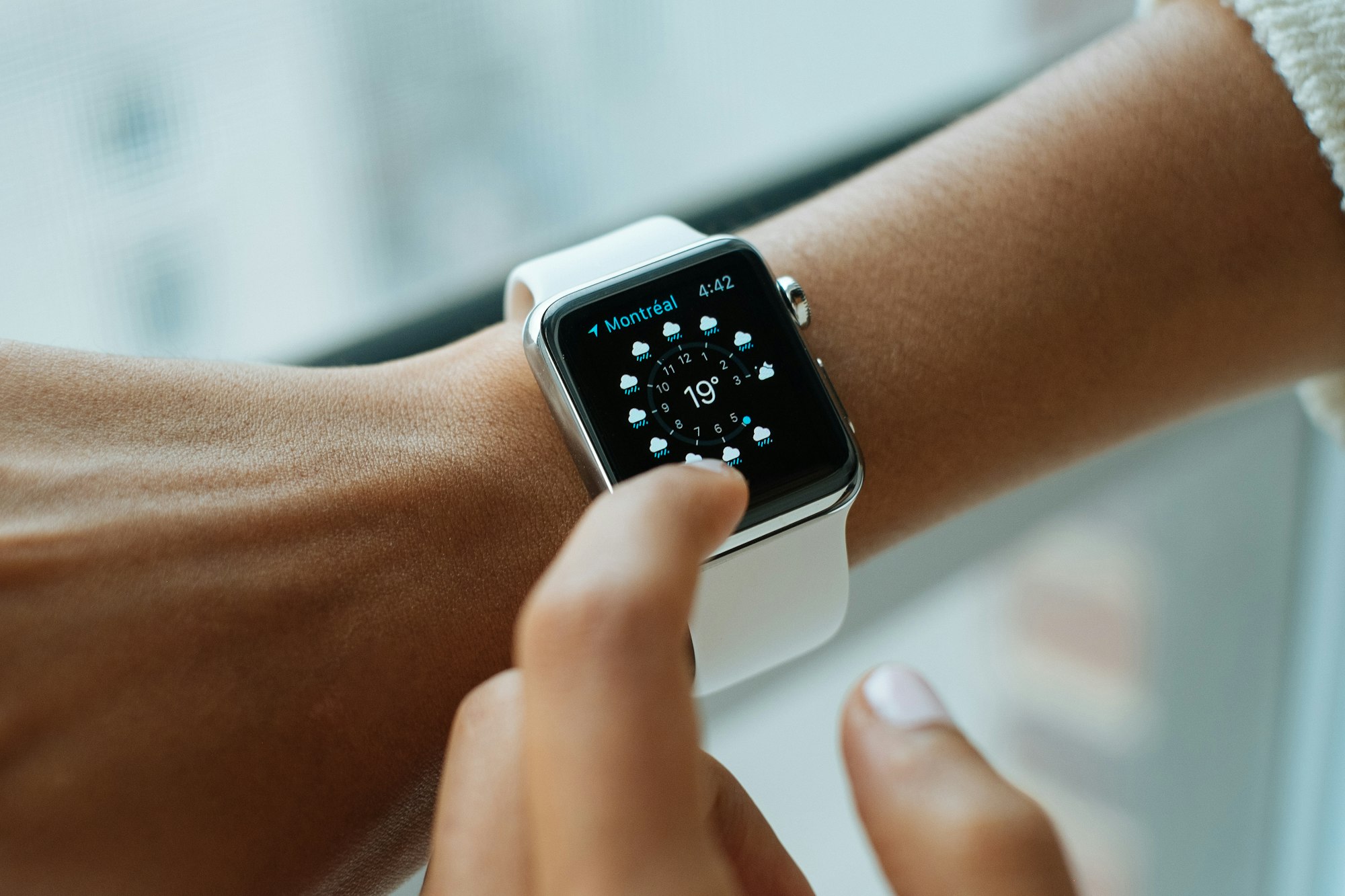
When the Apple Watch launched wearable fitness devices were already a defined category. The first Fitbit was launched back in 2009.
Apple attempted to make a smartwatch that followed the iPad's playbook as an accessory to an iPhone. But it quickly became clear that fitness was the most important use case. Apple was still able to improve this category by creating a watch more beautiful than others at the time and also more tightly integrated with iPhones than any other.
Vision Pro
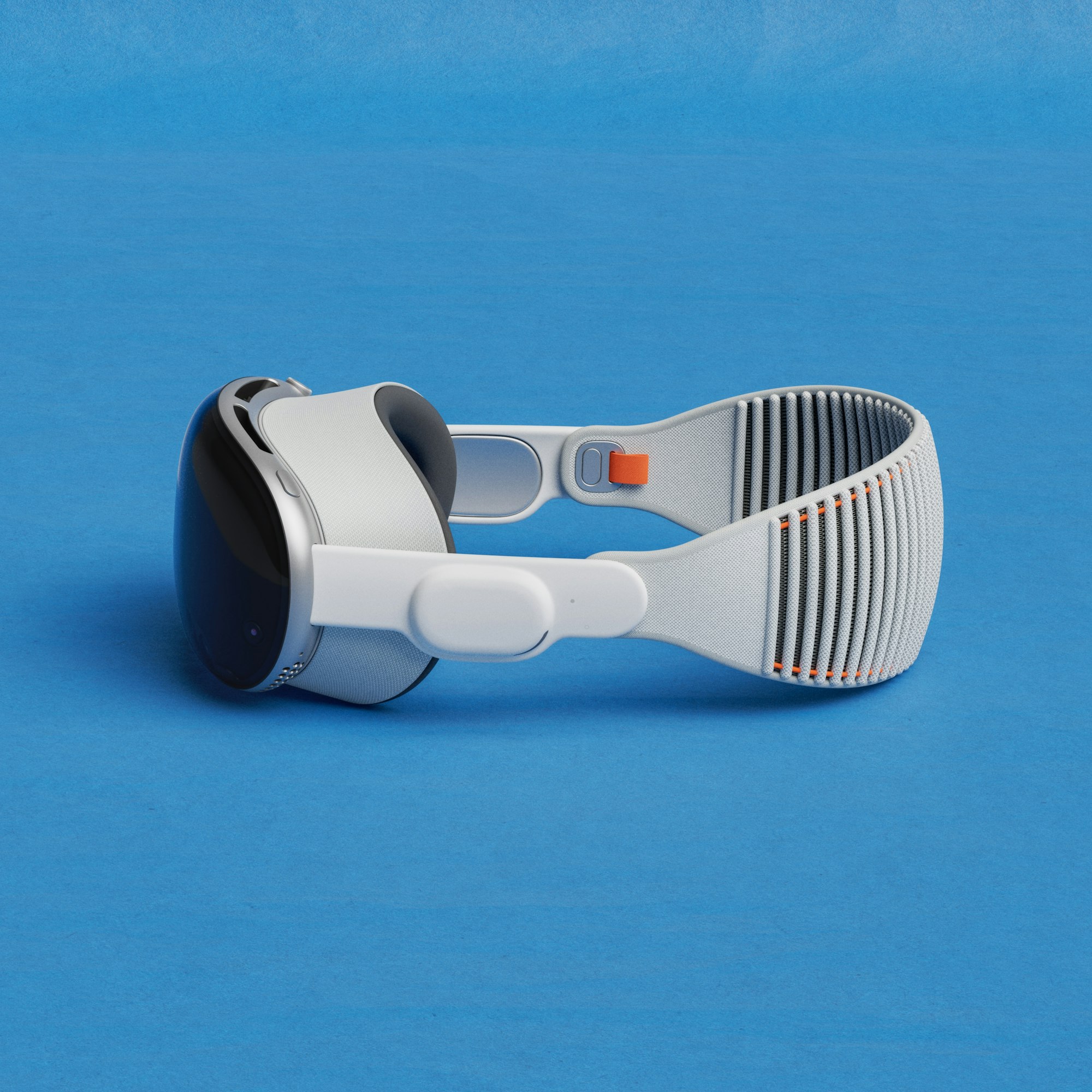
The Vision Pro launches after a decade of every major tech company launching some sort of AR/VR device. Google had Glass, Microsoft had HoloLens, and Facebook pivoted their entire company to the metaverse. Yet they've all only found one popular use case, gaming.
Apple however has presented a variety of use cases for the Vision Pro. Mainly as a virtual workspace and an entertainment device.
As an entertainment device, it's a solitary experience. You can't share what you're watching with anyone else. Maybe that'll come in the future, but just imagine a movie night where everyone is required to bring their headset along.
As a virtual workspace, the use is clear. Virtual screens and windows are easier to manage than multiple monitors. But how big is this market? Is it iPhone big? Probably not. Is it Mac big? Maybe some percentage of it.
Future versions with a lower price and improved battery life will certainly help. But every other category of devices Apple has entered already had an existing use case that they improved on. The only use case that has been successful for AR/VR has been gaming, yet the Vision Pro doesn't really target that. And even if it did has Apple done anything that can take VR gaming to a general audience?
Meta's Quest headset already supports virtual workspaces, has Apple done anything to make it appeal more to a general audience? Multiple monitor setups are relatively popular but VR headsets don't make the number of people that want a setup like that larger.
For the Vision Pro to be successful it needs to define the use cases for this category. Something Apple has never really done. And to do that it needs to offer something that the current crop of headsets don't.
Where's the magic?
Mark Zuckerberg put it best in his reaction to the Vision Pro's reveal.
From what I’ve seen initially, I’d say the good news is that there’s no kind of magical solutions that they have to any of the constraints on laws of physics that our teams haven’t already explored and thought of. - Mark Zuckerberg
I was disappointed to see Apple hadn't done anything magical here. They've created the best product in a category like they usually do. But there's nothing that competitors need to scramble to copy like there was in other categories they entered.
The Vision Pro seemingly does everything better than Meta's Quest 3 but it costs $3500 so it should. What it doesn't do is anything radical that Meta hadn't thought of. Eye tracking? They've had it. Virtual workspaces? Check. Really good screens? Just a matter of how much you want to sell your device for.
The iPhone made competitors scramble because it introduced a single-button device with a responsive capacitive touch screen and an intuitive UI that no one else had. It was radically different from the competition.
The Vision Pro on the other hand just has better versions of what the market has already been doing. Meta could make a comparable $3500 device if they wanted to.
What Then?
For the Vision Pro to be a device your parents will want to use it will need to target some use case no other tech company has thought of before. If it doesn't it might just end up another accessory in the Apple ecosystem. Not the tech revolution that many are hoping for. Not a bad place to be for most companies, but will probably be a bit disappointing if you're Apple.
I suspect that the tech required to make the AR/VR experience that could be useful to the general public just doesn't exist yet. If it did Apple would have included it in the Vision Pro. Maybe they'll get there eventually but that device will be radically different than the Vision Pro. Would it still qualify as a successful launch then?




